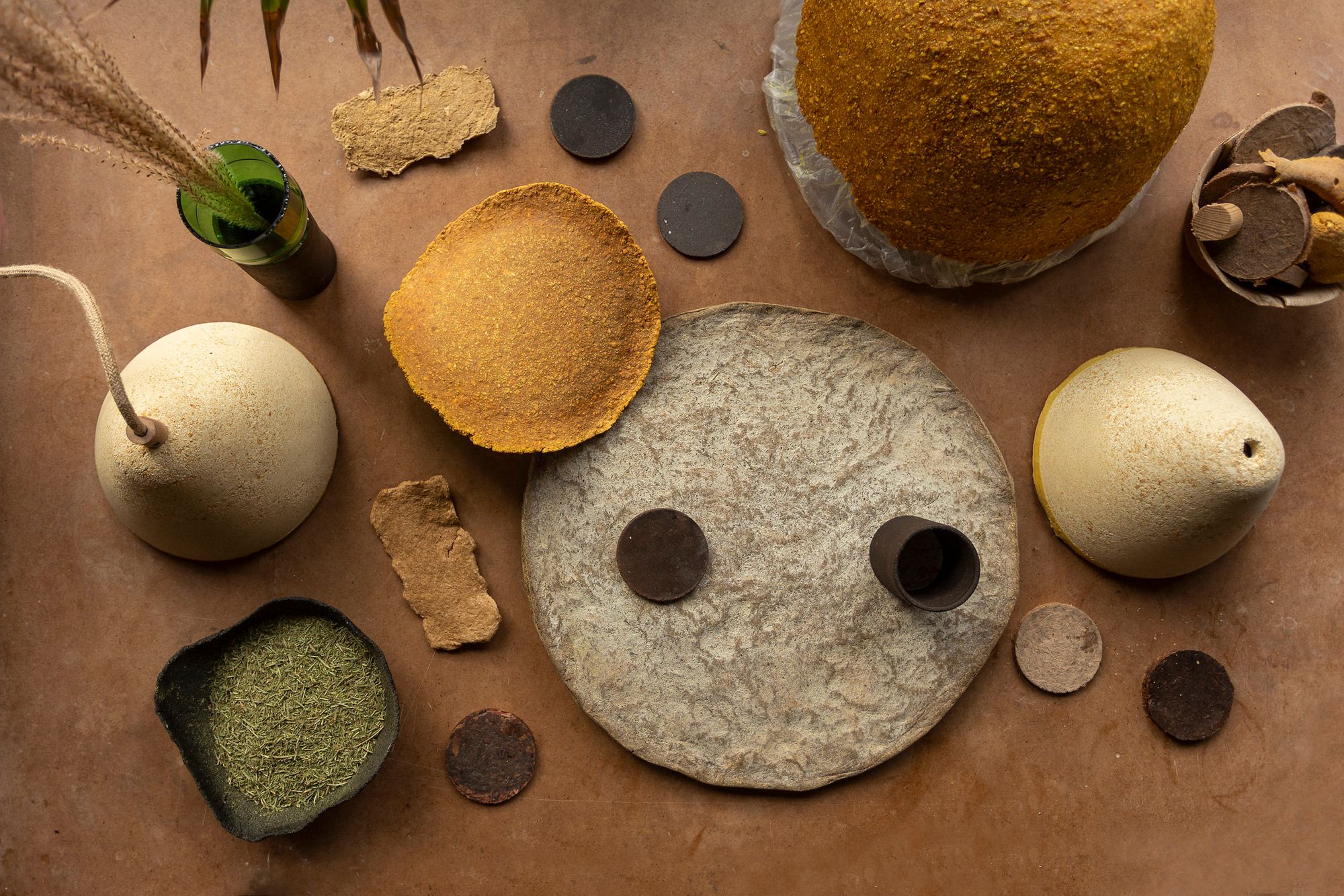Why couldn’t the objects surrounding us be temporal just like us? In addition to being honest and simple, the creations of Zsófi Zala are made out of plant-based materials and waste, this way contributing to the reduction of the amount of waste generated by mass production.
Interview!
You experiment with three kinds of household objects at the moment: a lamp made out of orange peel, a vase made out of coffee grounds and a stool made of pine spikes. What made you experiment with bio materials, what kind of designer’s attitude is behind all this?
I started to focus on sustainable design in relation to my diploma project. We had to design specs frames: I created my prototype using bio resin and plant-based materials. I realized in the experiment phase of this object how much I loved working with natural materials. It was hard to stop testing, as I always saw some kind of new plant-based waste material on the streets or at home. This experimenting continued during my internship at Precious Plastic, in the Netherlands, where I worked with material testing for two months almost exclusively.

In the era of mass production, creating organic objects where there are no two pieces that look the same and every piece of which is “imperfect” in one way or another was deliberating for me. In addition, regular collection and direct relationship with plant-based materials shapes my attitude a lot. I hope I can also shape the opinion of others formed on waste with my objects.
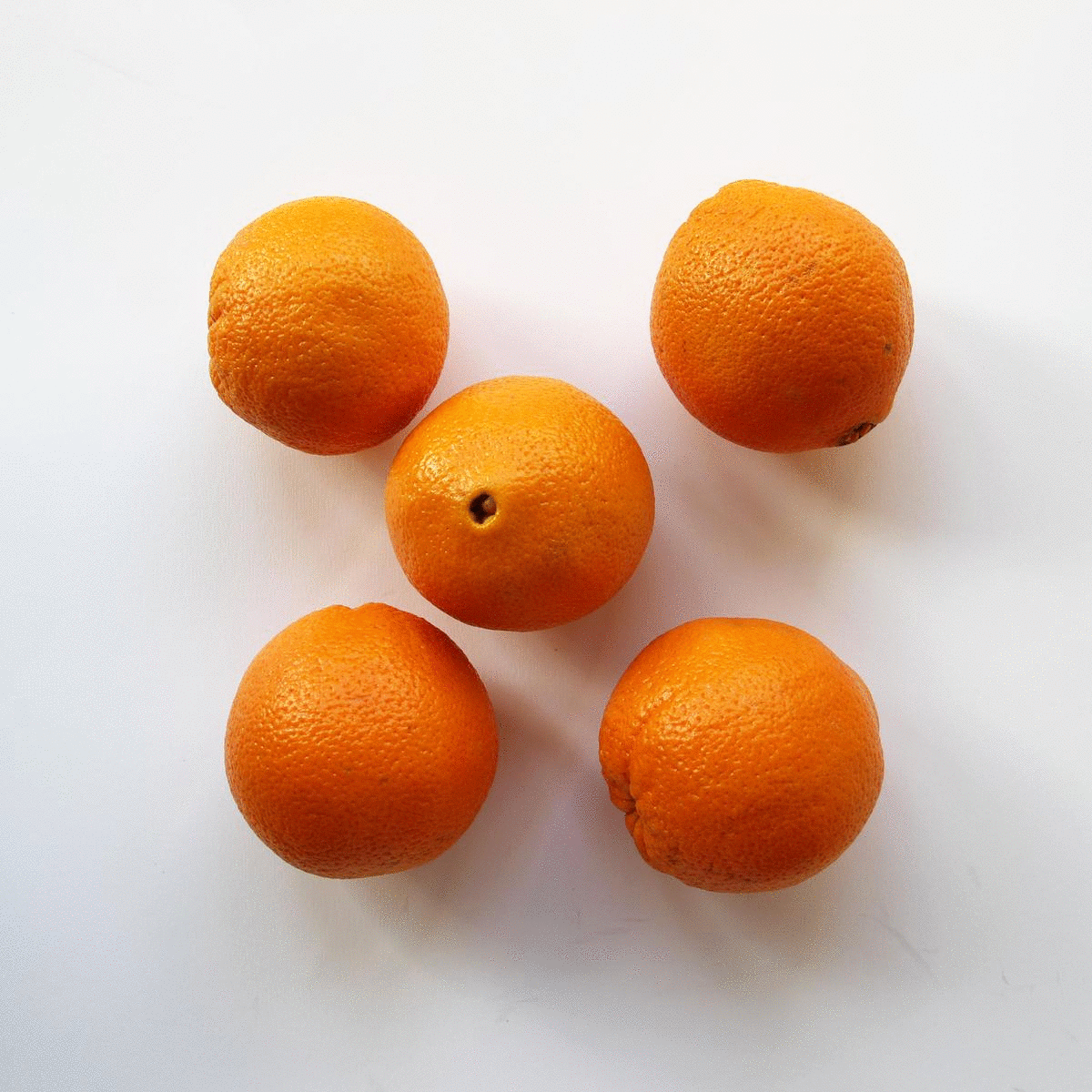
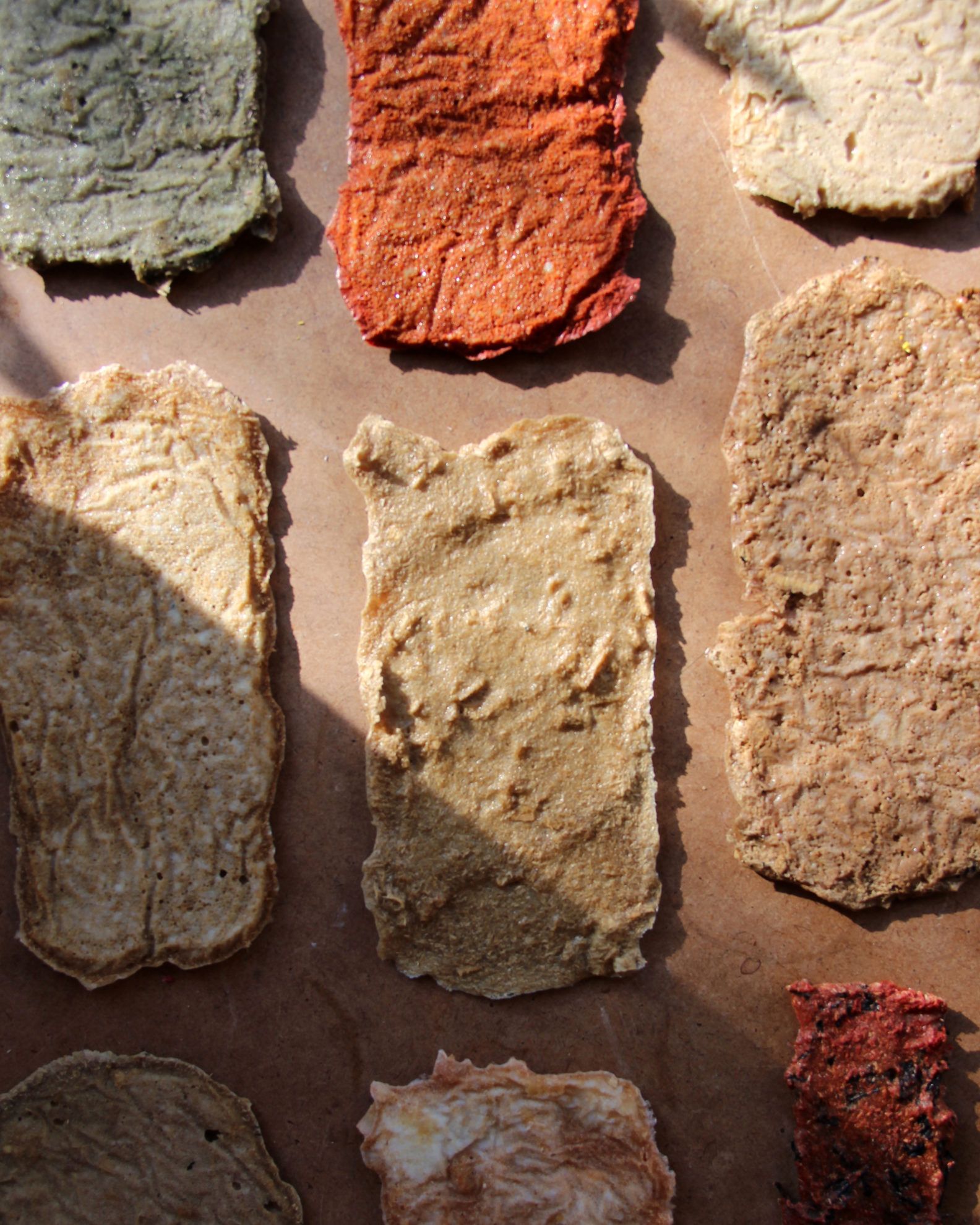
Why did you choose to experiment with coffee grounds, orange peel and pine spikes? Why do these raw materials inspire you?
I wanted to work with resistant and diverse materials that come from different fields of life. I also experimented with many other materials, and then narrowed it down to these three. What they all have in common is that they can be very resistant and they are easily accessible. This is not only a practical aspect, but I considered it important that I work with local waste that can be accessed in large quantities. At the same time, they look very differently: their color, aroma and texture represent the diversity of nature well. I obtained each and every one of them from a different source: I collected coffee grounds from workplaces, orange peels from the catering industry and pine spikes from nature.

The specific objects are quite special: they have a different texture and characteristic odor. This way, they not only influence our visual sense organs, but our tactile and olfactory senses, too. The lampshades are porous, at the same time, the stool made out of pine spikes is solid, with a hard finish. With exactly what technique do you prepare your pieces, how does the work process go?
The creation of the objects starts with drying and chopping waste materials every time. I don’t use any other additives for creating the lampshade other than orange peel. I create the form by warming and pressing the orange peel groats. The material sets owing to pectin which is a natural component of peels. In the case of my other objects, I use casein size for greater resistance. This adhesive was used in the timber industry prior to the introduction of synthetic versions, and the first plastics were also made out of this. I create the biodegradable adhesive out of milk, and it hardens as a result of the protein in it. The plant-based waste mixed with size becomes a gluey mush, which I then continue to form with pressing and free molding. Full drying is a very long process, and the object changes a lot during it. As a final output, I get a thermoplastic solid object, which can be worked similarly to wood.
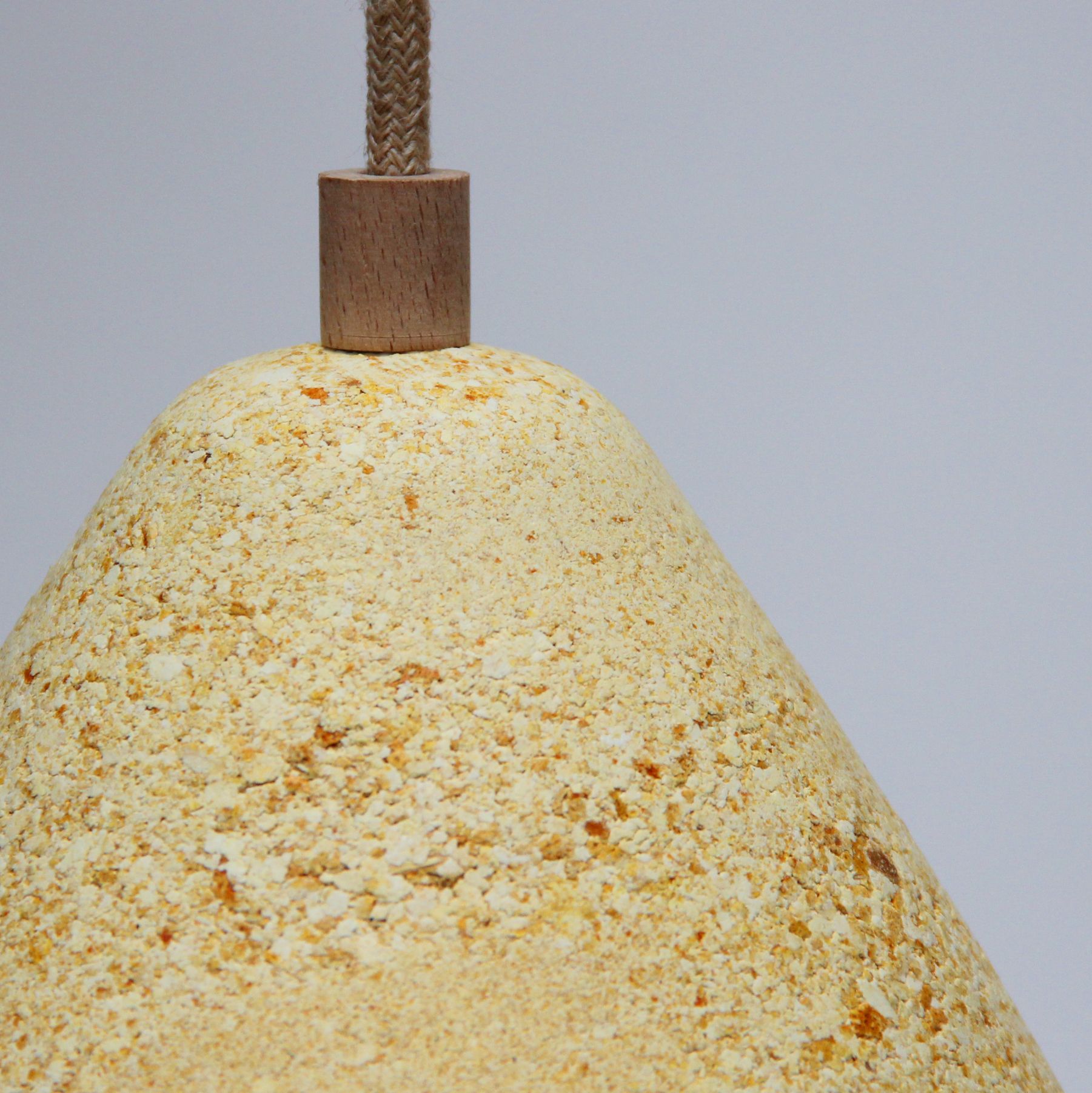
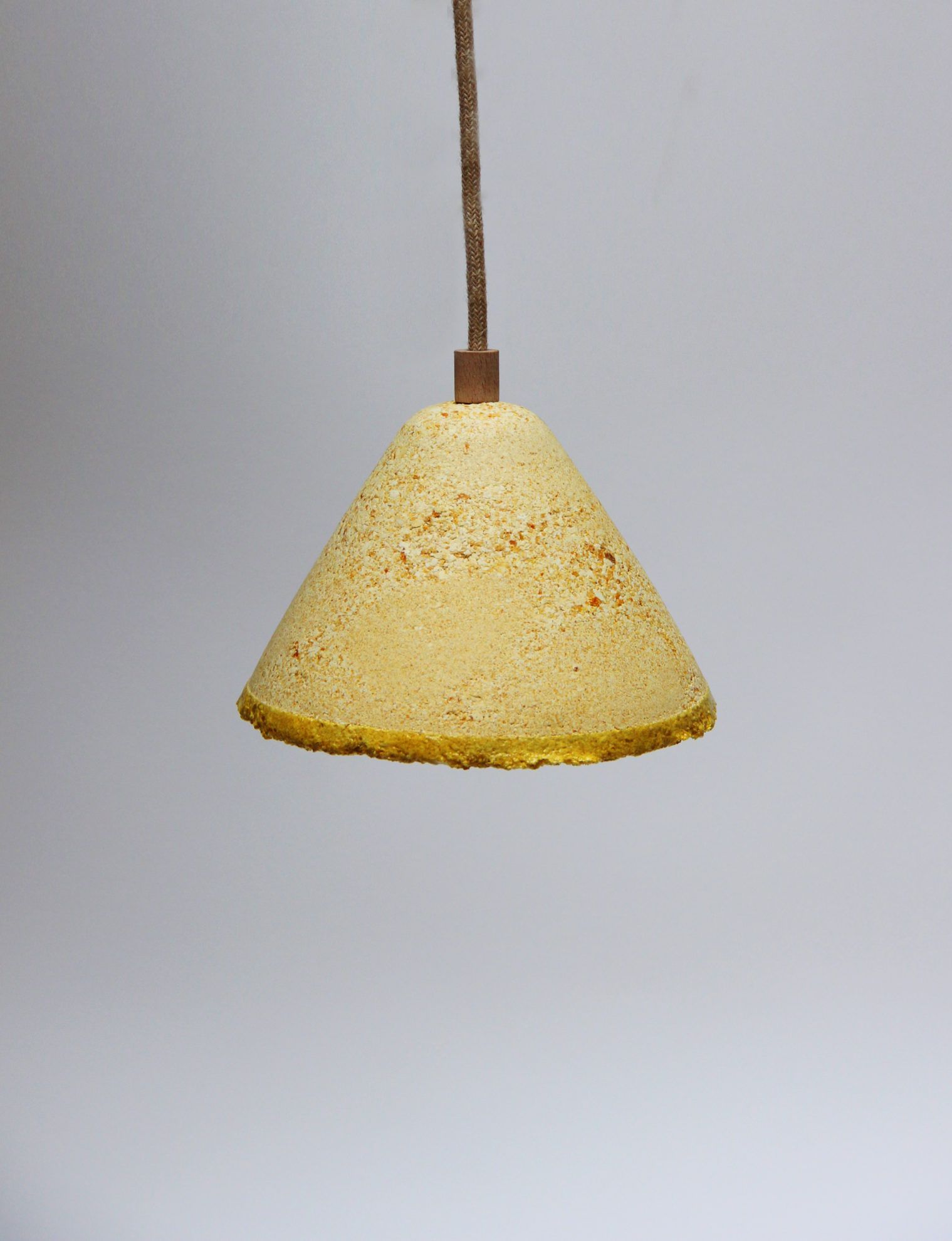
In the course of design, appearance has a lead role in addition to the functionality of the object. How important is design aesthetics in the case of your objects, to what extent do you wish to influence the behavior of the natural material?
Up until now, I have placed a greater emphasis on aesthetics in the case of my objects, especially because it is so different working with them, and so I attempted to create simpler forms in the first place. However, the materials developed “resist” these exact forms to a certain extent. This made me realize that plant-based materials are living things, and we have to treat them differently – if I leave some freedom to the material, I will get a more exciting end result. For this reason, now I would like to experiment with forms and shapes that are very close to nature. This way, the design of objects transforms into an organic, statue-like direction instead of rigid regularity.
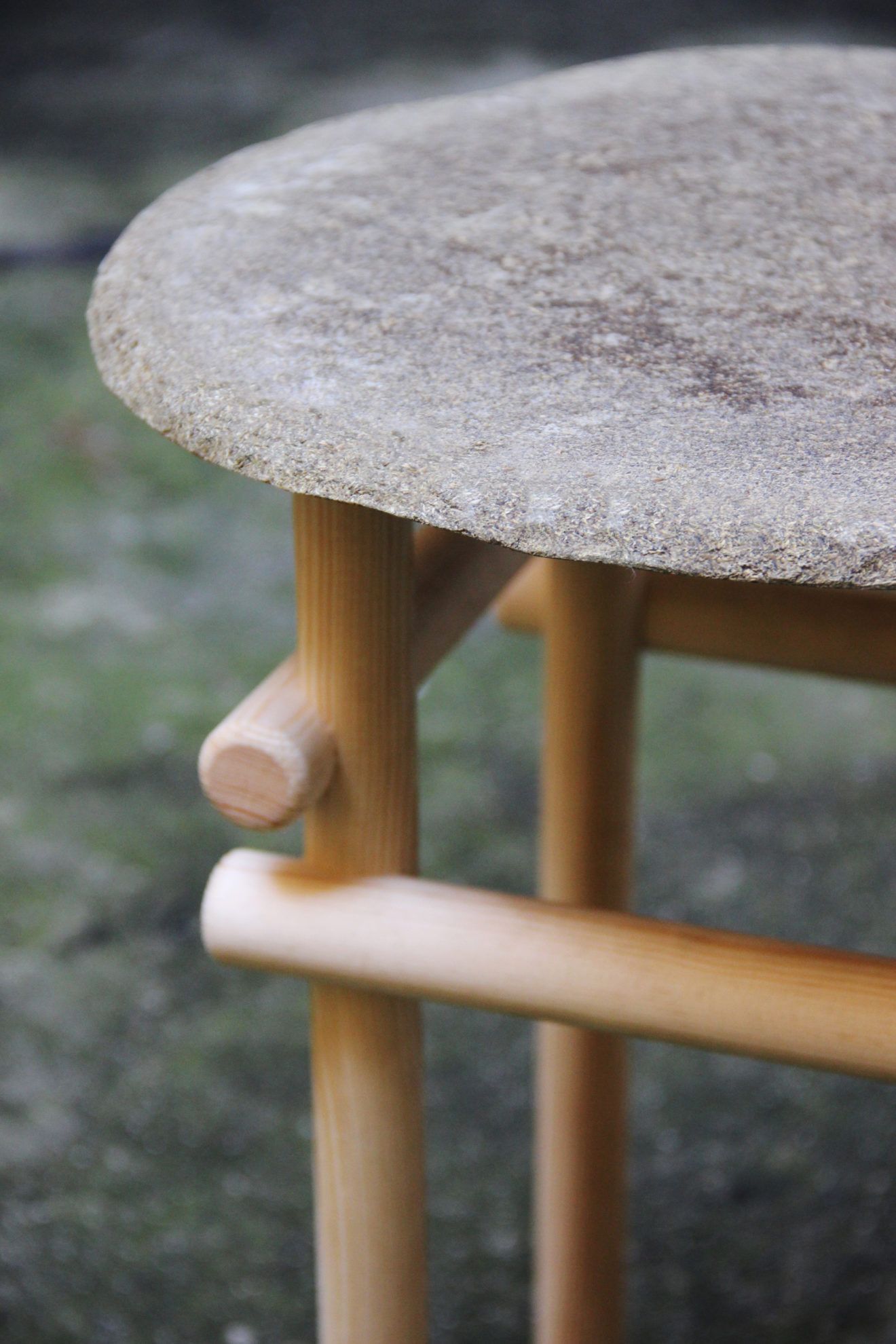
Do you plan to create additional objects?
I just started to focus on single-use bowls, which are made for a food design workshop series related to healthy eating and debuting at the end of March. On top of that, a collaboration started with clothing brand Nanushka, in the framework of which I work on biodegradable displays with Ádám Tóth. I don’t plan additional new objects at the moment, I will focus on the development of the current ones in terms of form. I will also continue experimenting: currently I am intrigued by plant painting and vegetable waste. I would like to create a collection out of my material tests that could demonstrate the transformation and diversity of materials clearly.
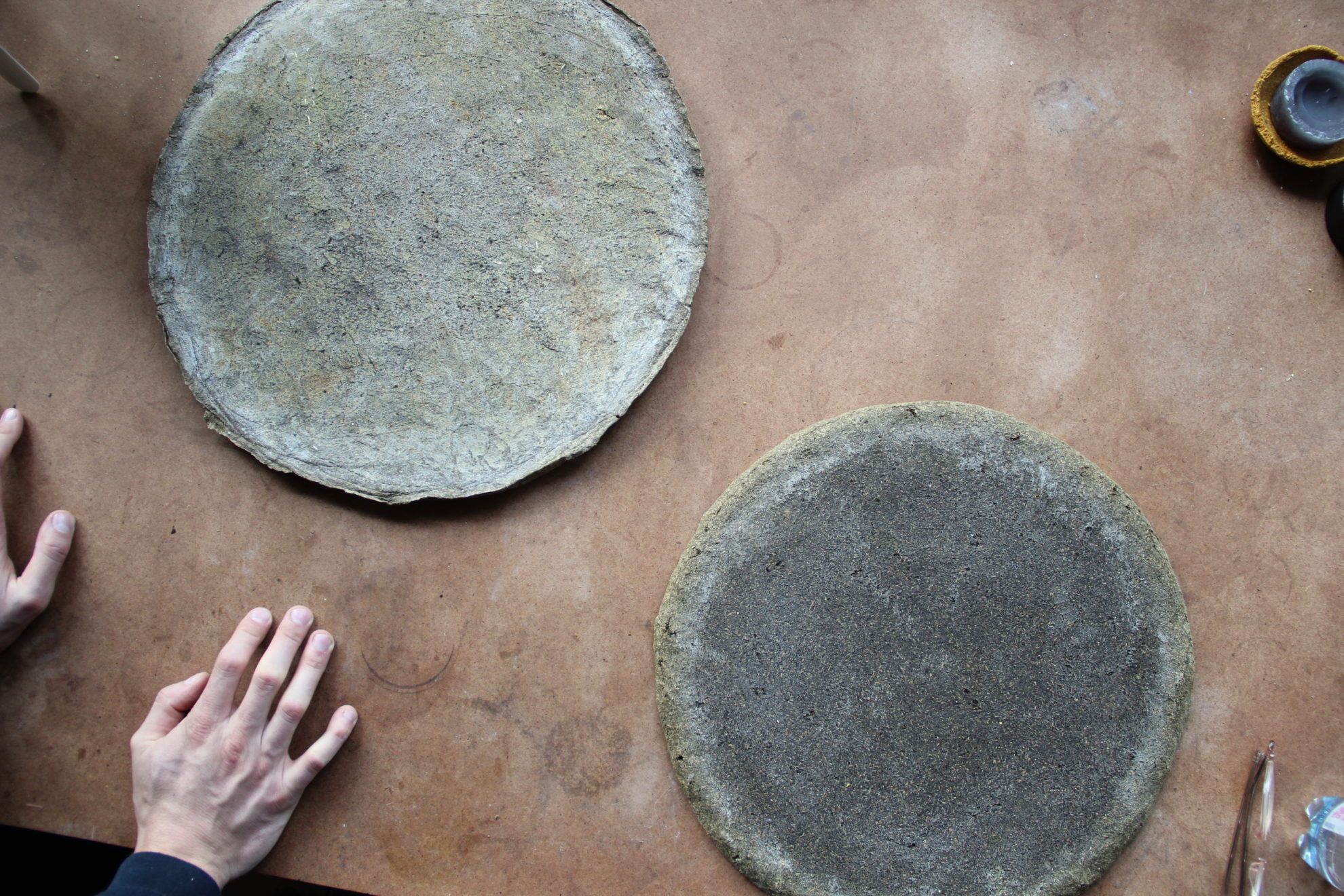
Developing products for sale is not your sole aspiration with the material experiments. How, in what other manner do you plan to utilize your objects?
Currently I create and sell my products based on orders, and I work on project-based jobs besides that. It is also possible that I will sell one or two of my objects in stores. I would also like to organize and hold workshops, the concept of these is currently in progress. There could be one-time workshops or workshops consisting of several sessions. The one-time sessions could be held at festivals: we could create biodegradable bowls together. I imagine the multi-session one in a manner that a different step of production would be in focus on every occasion: including collection of materials, drying, creating adhesive and free molding.
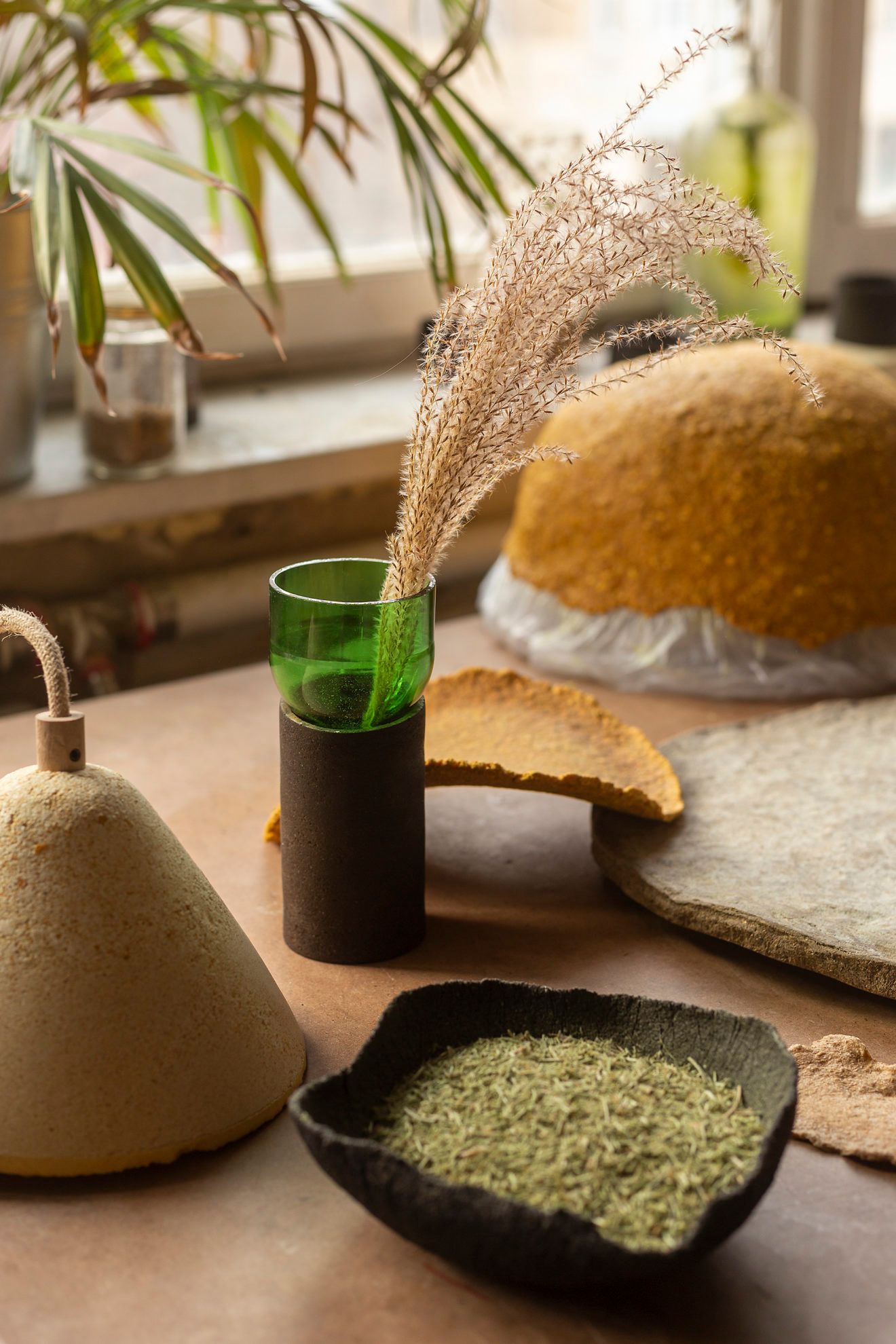
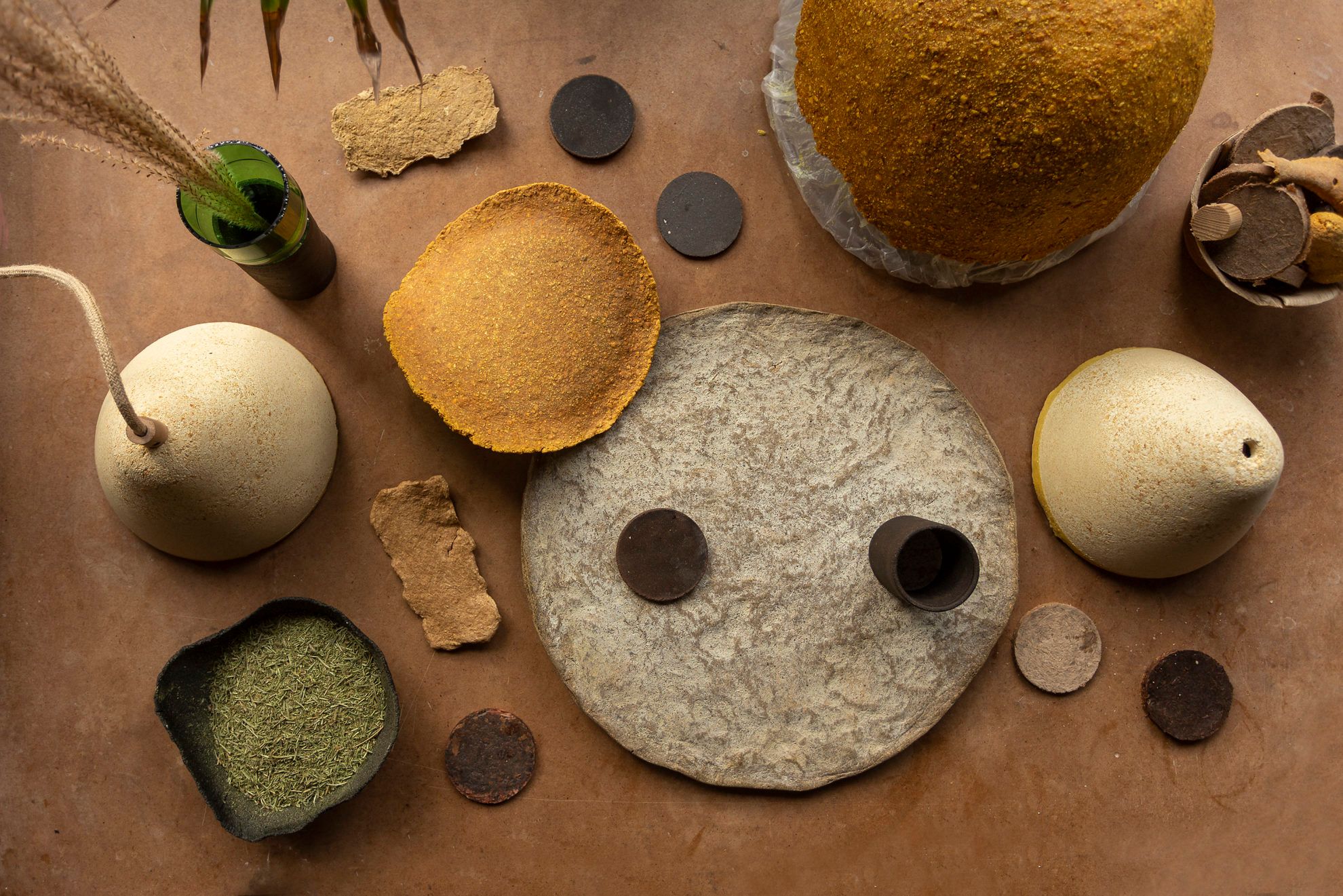
The good news is that you can soon check out Zsófi’s lamps at Fű Juice bar in person, too. Another peculiarity is that Zsófi creates her unique lamps out of the orange peel waste generated by the bar. The special object experiments will also be available in the form of an exhibition in the framework of Kozma Lajos scholarship.
If you would like to give Zsófi’s single use bio plates a try, we recommend the Tuning / food workshop event series.

HYPE | Weekly program guide
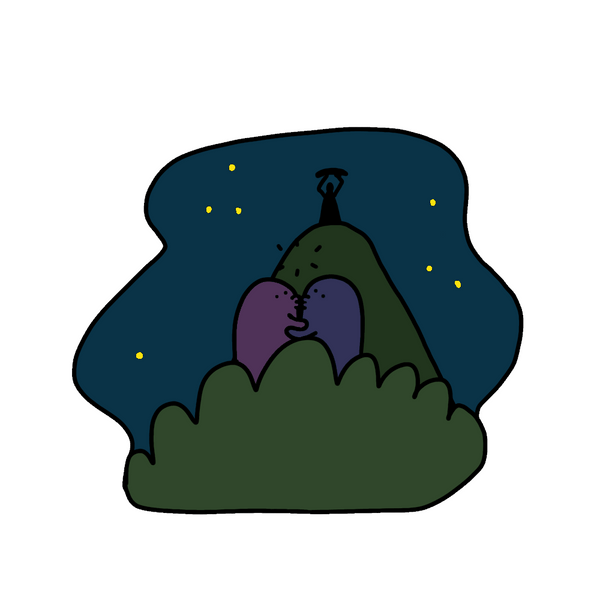
Insta láv | CsaK










